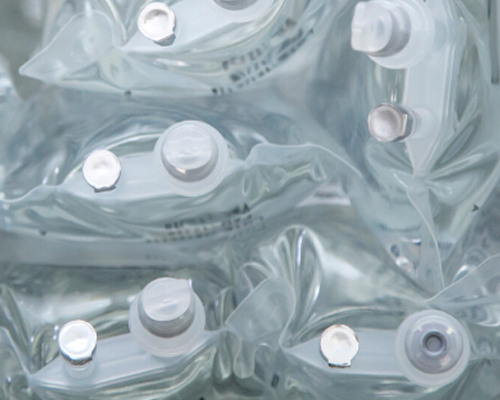How to Leak Test Medical Solution, Fluid or Blood Bags

Market Requirement:
Medical solution and blood bags are used in many clinical applications today. Typically made from sheets of PVC, EVA or polyolefin which are sealed at their perimeter edges, they often have tubes or ports exiting the bags interior and sealed between the flat sheets.
Testing each bag for leaks is critical and the automated test must address the challenges of the flexible material, variable sizes likely being produced and the manufacturer’s requirements for cycle time and process management. CTS has extensive experience in providing these types of leak test solutions and this application note details an example of such testing.
The most common uses for these bags are for the transport or delivery of solutions, blood/plasma or waste:
- Blood bags
- Plasma bags
- Anticoagulant bags
- Peritoneal dialysis solution bags
- IV solution bags
- Enteral feeding bags
- Sterile water bags
- Saline bags
- Heparin bags
- Electrolyte injection bags
- Wound drainage collection bags
- Urinary waste collection bags
CTS Solution:
For 100% production testing of bags, the most common method uses pressure decay with clean and dry compressed air at positive pressures ranging from 0.1 to 30 psig. The single-channel Sentinel Blackbelt or multi-channel Blackbelt Pro pressure decay instrumentation are designed for this purpose.
Contact CTS
To Discuss Your Leak Detection System Requirements
Contact CTS
Contact Cincinnati Test Systems to learn more about our leak detection equipment
Contact UsCustomer Login
An account is needed to view restricted documents such as user manuals and to submit RFQ requests.
Sign In